Cards In This Set
| Front | Back |
|
Mucocele
|
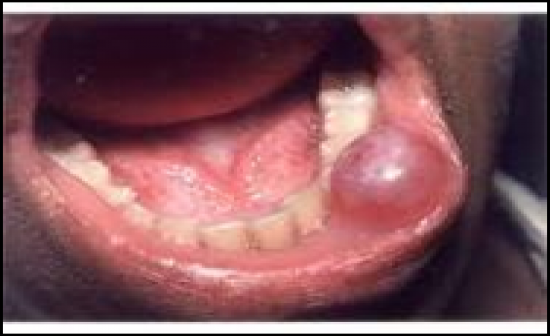 -Tissue swelling composed of pooled mucus that escaped into the connective tissue from a severed excretory duct -Ranula- mucocele in the floor of the mouth -Most often occur on the mucosal surface of the lower lip in children and young adults |
|
Mucus Retention Cyst
|
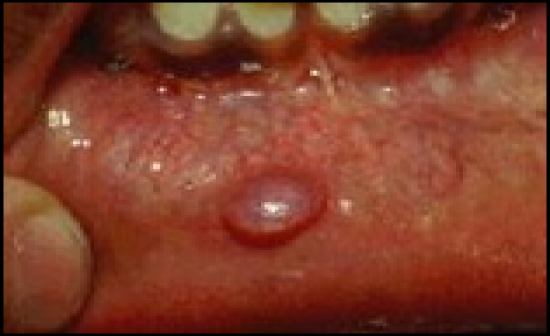 -Swelling caused by and obstruction of a salivary gland excertoryduct resulting in an epithelial lined cavity containing mucus -Most often occur in minor salivary glands of adults and may be uni- or multilocular -Can not be discerned from a mucoceleclinically and may resemble a mucoepidermoidcarcinoma |
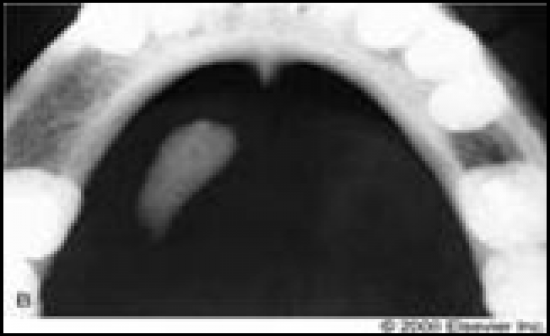 Sialolithiasis |
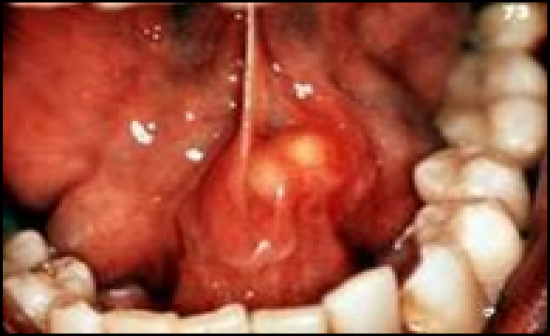 -The presence of one or more oval or round calcified structures (salivary stones) in a duct of a major or minor salivary gland -In major salivary glands, bacterial infection can cause sever pain in glands that are completely blocked -treatment- manual removal through manipulation or surgical removal |
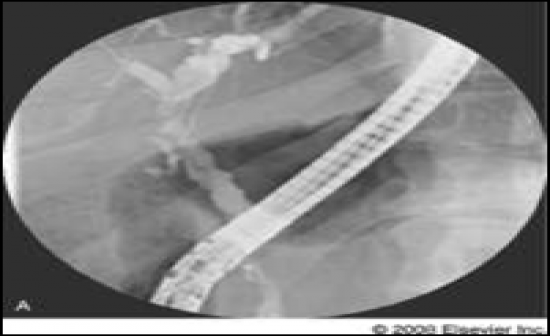 Chronic SclerosingSiliadentitis |
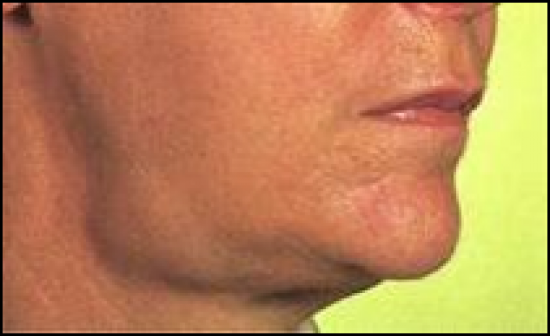 -Chronic inflammation of salivary gland tissue resulting in replacement of aciniby fibrous tissues, but sparing much of the ductalarchitecture -Results from duct blockage, trauma or compression of the gland and radiation treatment(siliadentitis) |
|
Parotitis
|
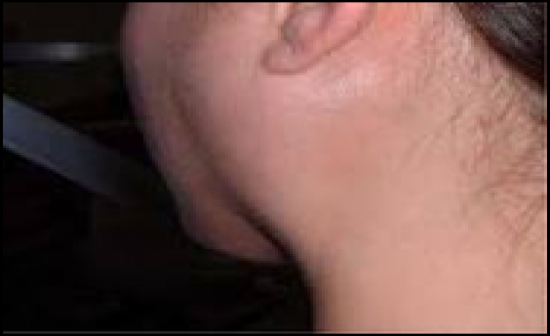 -Acute infection of the salivary glands -Viral Endemic Parotitis(Mumps) |
|
Bacterial Sialadenitis
|
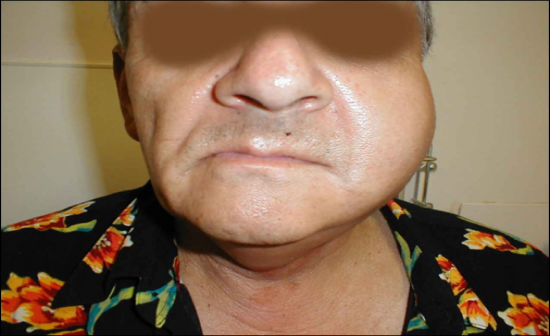 -Can occur following abdominal surgery, possibly due to lack of salivary flow due to atropine sulfate used in general anesthesia |
|
Lymphoepithelial Sialadenitis
|
-A progressive autoimmune chronic inflammatory process, primarily of the parotid glands, in which dense infiltrates of T lymphocytes replace the aciniand residual ductaltissue undergoes hyperplasia, forming irregular shaped islands of
squamousepithelium -Precursor to Sjogrensyndrome |
|
SjogrenSyndrome
|
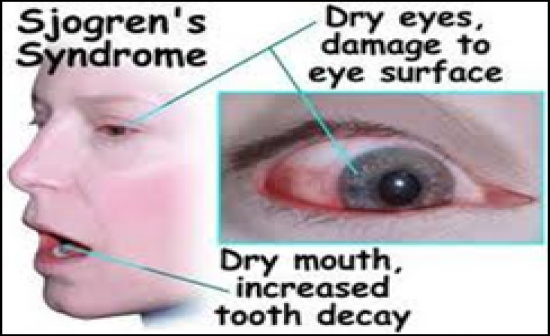 -A groups of autoimmune conditions with a marked predilection for women; it has an intense T lymphocyte- mediated autoimmune process in the salivary and lacrimalglands as one of its most prominent components -Salivary ducts undergo hyperplasia causing xerostomiaand xeropthamia -Other autoimmune diseases may be present -No treatment exists |



